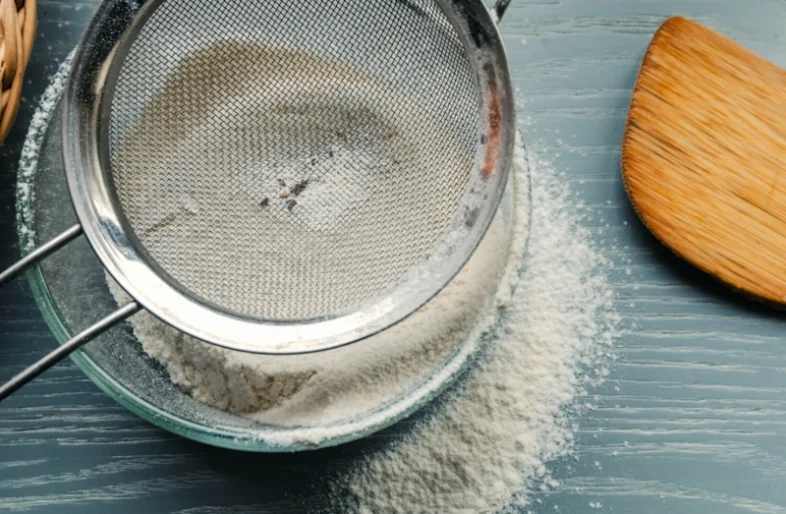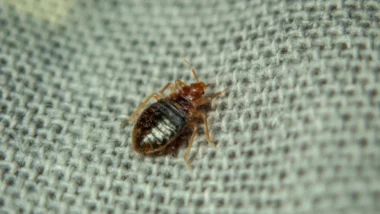Podcast: Play in new window | Download
Will White here with Nexus pest solutions, bringing you another edition of questions we’re asking you out in the field. And today’s question is, what are these tiny bugs that I’m finding in my kitchen cabinets, as well as all my countertops. And sometimes all my forks, spoons and knives, will that my friend is going to be a store product pass. So let’s get into it.
This is one of the questions that we get. A lot of times, you know, a lot of times this time of year pantry pass store product test, you know, folks call up, and they think sometimes that they have a roach problem. Well, there’s not roaches, because everything’s uniform, all the bugs are the same size, you know, you got to remember we’re diagnosing this over the phone, all of the bugs are the same size, so you got to have some type of store product pass.
Now, there are a lot of stored product pests out there. But we typically deal with three to sawtooth grain beetle, number one, and the confused flower beetle, or flower beetle, as well as Indian meal moth. But the Indian meal moth is a mall. And we’re not going to talk about that particular store product pest today we’re going to talk about that a little bit later.
So what do you do, if you have a store product pass, you know, you finding these bugs in your cabinets, you find them on your countertops, and in your kitchen drawers. First thing is you’re going to want to find a contaminant, the contaminated items in your kitchen cabinets.
Store product pests, typically come from dry goods. So it could be flour, corn meal, nuts, spices, pet food, trying to think of some other things, oh, breakfast, cereal, oatmeal, you know, things of that nature. So when you start thinking about dry goods, these, these are the places where store product pass and fast and breed in, and then spread throughout.
So you’re gonna want to grab those items. And you know, I would recommend getting some type of sifter and sifting through it, a lot of people throw it away, they’ll go through there. And once they find out they have stored product pests, and they throw everything away in the cabinet. Now, I wouldn’t stop you from doing that. But you can also kind of sift through it, you know, you can sift through the stuff if you don’t see anything in there.
My recommendation is to put that you know, once you sift through it if you do not find any bugs in it, put that in a storage bag like clear storage bag, because just in case you miss something, you want to make sure you keep that problem contained to that item. So that it doesn’t, you know really spread throughout the cabinet. That after you go through everything you find the contaminated items, item or items, you’re going to toss that you’re going to toss you, you’re going to want to go into cabinets, empty the cabinets out, wipe everything down in the cabinets, possibly if you have a vacuum cleaner with extendable holes on it, going and vacuum out everything tried to do a really good job paying particular attention to the cracks and crevices in the cabinet.
Now, once everything is removed out of that cabinet, that’s when you’re going to want to get in touch with accompany. You know, that’s when you don’t want to call your pest control provider out to do a treatment cabinet should be treated with something that’s labeled, you know, for, you know, that particular area at home to you know, break down that lifecycle kill the eggs that’s in there to prevent that problem from coming back.
I mean, sometimes if it’s not too bad, you might be able to get away with it with what I just suggested to you wiping it out of acumen. But if it’s a problem that has been deeply rooted, chances are, you’re going to have to have a professional come in after you’ve gotten everything cleaned out. Because remember, the more you got cleaned out, the better the treatment is going to be for you.
You know, because all crack and crevice is going to be done in those areas, that’s going to be a lot better for you, you’re going to have a much better result, you’re going to be a lot more happier after the service is performed. Now, if you need any assistance with that we do you have a prep sheet that we’re more than happy to share with you so you can give like so you can give our office a call. And we’ll be more than happy to send that out to you 414-355-3732.
We’ll get a prep sheet, you know out to you as far as how to prep how to deal with store product Pez. Now, another thing if you’re not sure which one you have, remember, you can always use our PES text line which is 262-501-8030. That’s 262-501-8030. Now that number you should really save on your cell phone.
So if you ever run across some type of bug, you’re not sure what it is. You can take a picture of it. These phones are great. The cameras are great on the phone, and you can text it to that and Number and we’ll get you an answer. So, I want to thank you folks for listening to this video. And as always, I want you to have a pest free day, and we’ll see you on the next questions were asked when we’re out in the field. Thank you for listening to this podcast.


